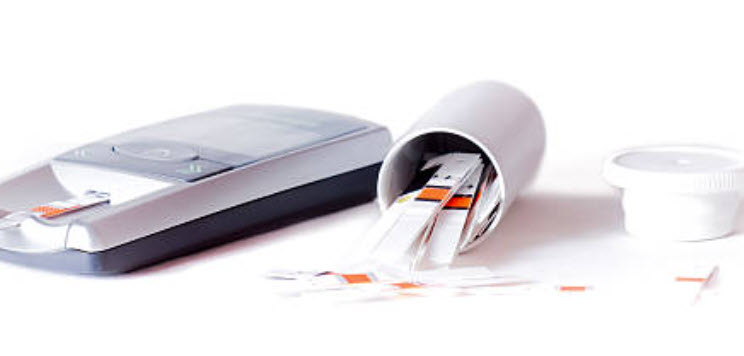Having elevated levels of ketones in the bloodstream is a common complication associated with diabetes, and if left unaddressed, it can progress to ketoacidosis.
Ketones accumulate when there’s insufficient insulin to facilitate the transfer of glucose from the blood to the body’s cells.
Individuals with type 1 diabetes or advanced type 2 diabetes are more prone to experiencing high ketone levels.
If you’re dealing with elevated ketones and seeking medical guidance, reach out to your general practitioner or diabetes healthcare team promptly.
Understanding Ketones:
Ketones are acidic byproducts formed when the body burns its own fat.
Insufficient insulin prevents the utilization of glucose as energy, prompting the body to burn fat instead.
The liver converts fatty acids into ketones, released into the bloodstream for energy.
Having a low level of ketones is normal, as they are produced whenever body fat is burned.
However, in insulin-dependent individuals, like those with type 1 diabetes, insufficient insulin can lead to dangerously high ketone levels, resulting in ketoacidosis.
How to Test for Ketones:
Ketone testing can be conducted at home, with blood glucose meters being the most accurate method.
Urine testing is also an option, but it reflects ketone levels from a few hours ago.
Being conscious of ketones and ketoacidosis symptoms is crucial for effective diabetes management.
Who Should Be Aware of Ketones:
Those dependent on insulin, such as individuals with type 1 diabetes.
People with type 2 diabetes taking SGLT2 inhibitors (e.g., Forxiga, Invokana, Jardiance).
Symptoms of Ketoacidosis:
* Stomach pains
* Nausea and/or vomiting
* Breathlessness
* Fruity-smelling breath
When to Test for Ketones:
* Blood glucose levels surpass 17 mmol/L
* Consistent blood glucose levels above 13 mmol/L
* During illness-related blood glucose fluctuations
* If symptoms of ketoacidosis, like vomiting or diarrhea, emerge
If you detect elevated ketone levels, promptly consult your healthcare team for guidance on managing your diabetes effectively.
Concerns About Diabetic Ketoacidosis:
Early signs may include stomach pains, nausea, vomiting, breathlessness, and fruity-smelling breath.
In such instances, contact your doctor immediately, as diabetic ketoacidosis is a severe condition that requires prompt attention.
